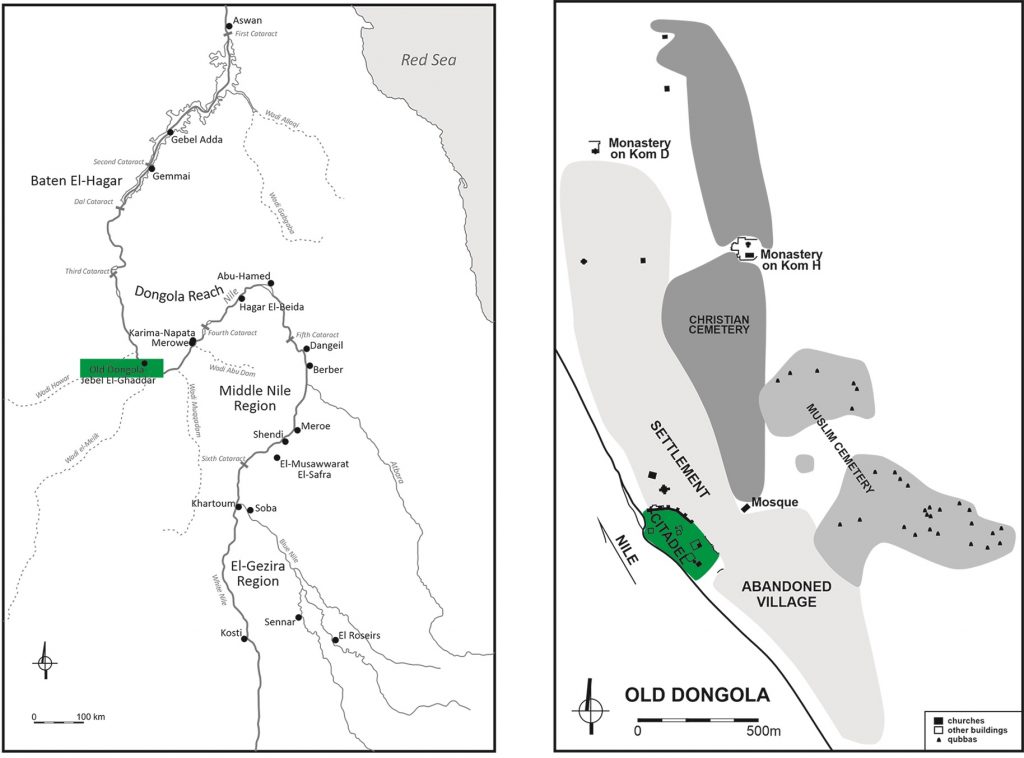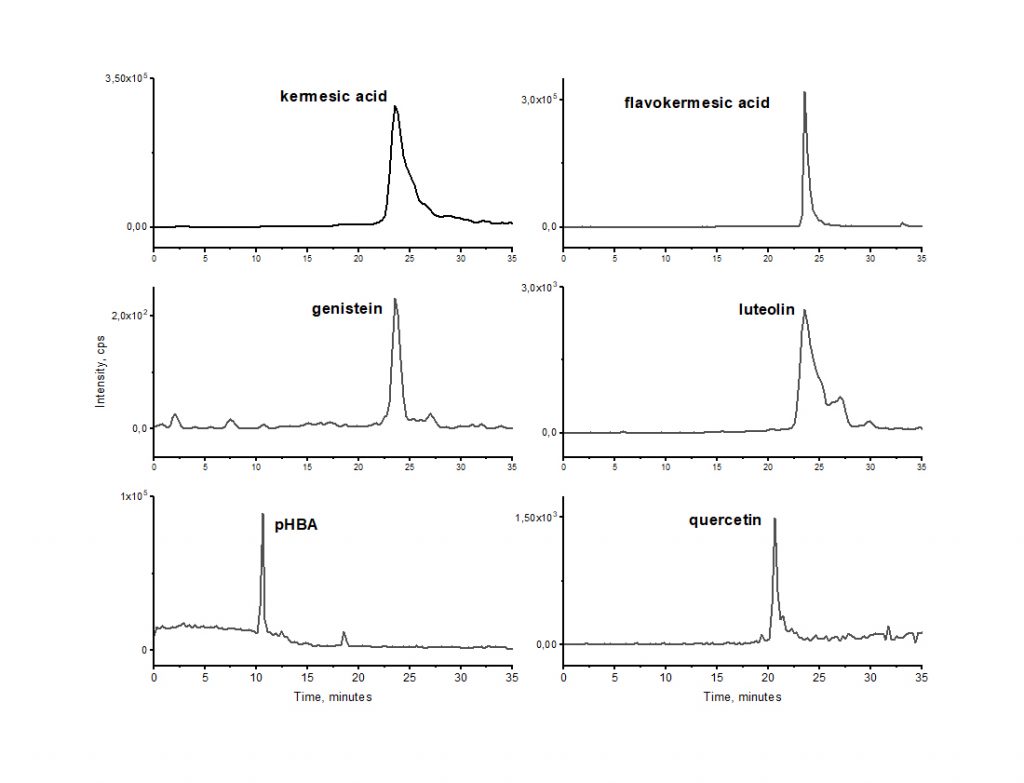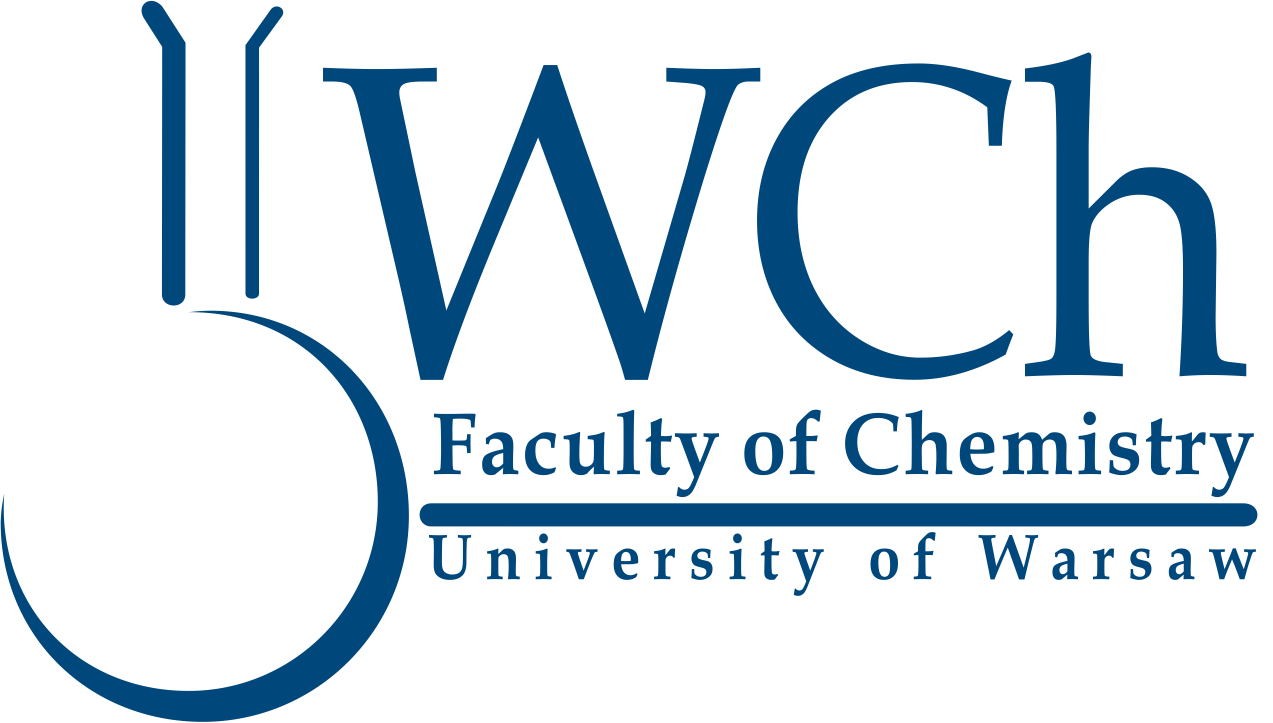Publication in Archaeometry (2023)
18 12 2023
The publication titled “First dye identification analyses conducted on textiles from Old Dongola (Sudan, 17th–18th centuries CE)” by Magdalena M. Wozniak (Polish Centre of Mediterranean Archaeology UW), and Bartłomiej Witkowski, Tomasz Gierczak, Magdalena Biesaga (Faculty of Chemistry UW) has been released in the prestigious journal Archaeometry (2023).
The Middle Nile Valley offers exceptional environmental conditions that allow the preservation of organic materials, including textiles. This paper presents the results of the analysis of 17 samples collected from wool, cotton, and silk textiles excavated in the ancient capital of Old Dongola from layers dated to the 17th and 18th centuries CE. Chemical analysis using LC-MS/MS has identified both plant and animal dyes.
Locally produced textiles, mostly from wool and decorated with blue, green, orange, and yellow hues, were dyed with woad (Isatis tinctoria), flavonoid plants, and madder-type roots, which were already known and used by medieval dyers in that area. For the first time, kermes (Kermes vermilio) and lac-dye (Kerria species) have been also identified as dye sources in samples from this group. Imported fabrics, of cotton and silk, were dyed blue with woad (Isatis tinctoria) but also with indigo (Indigofera tinctoria); dyer’s broom (Genista tinctoria) and kermes (Kermes vermilio) were other dyes identified in this second group. The results of this study provide the first dye identification for textiles produced in the 17th–18th c. in this region and contribute new data to the research on textile production and trade in post-medieval Sudan.


